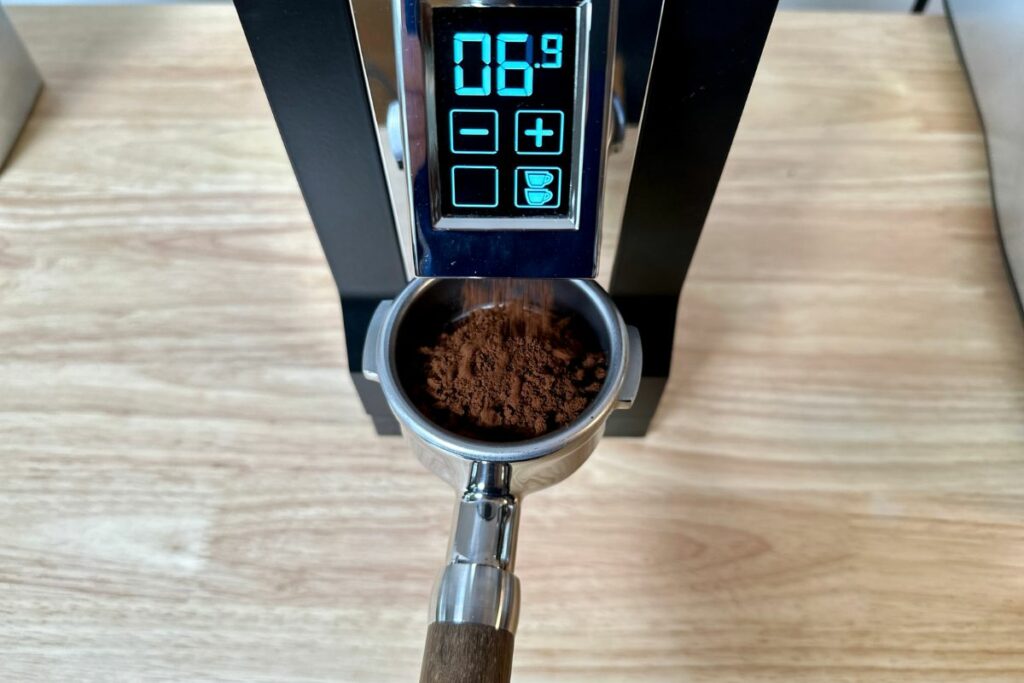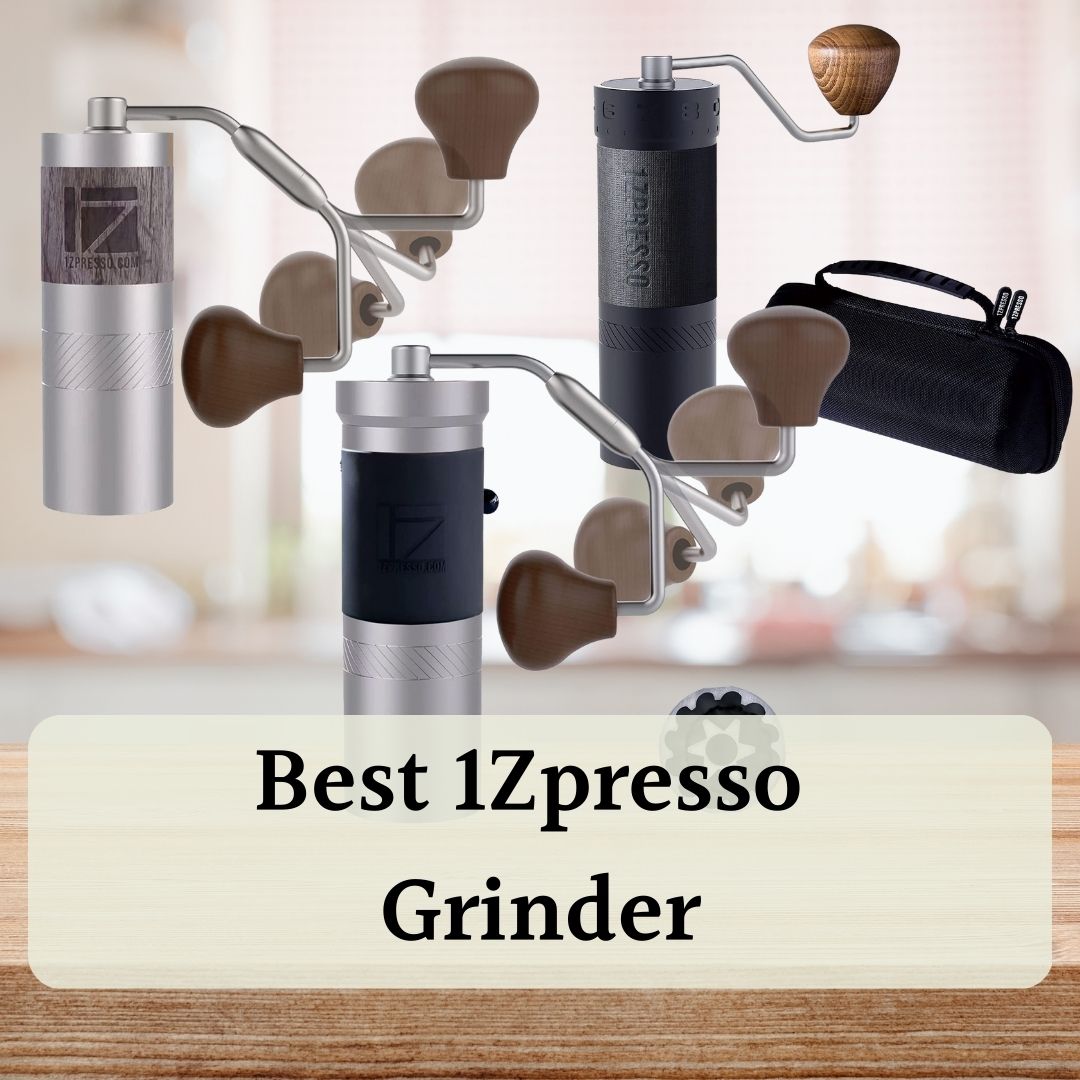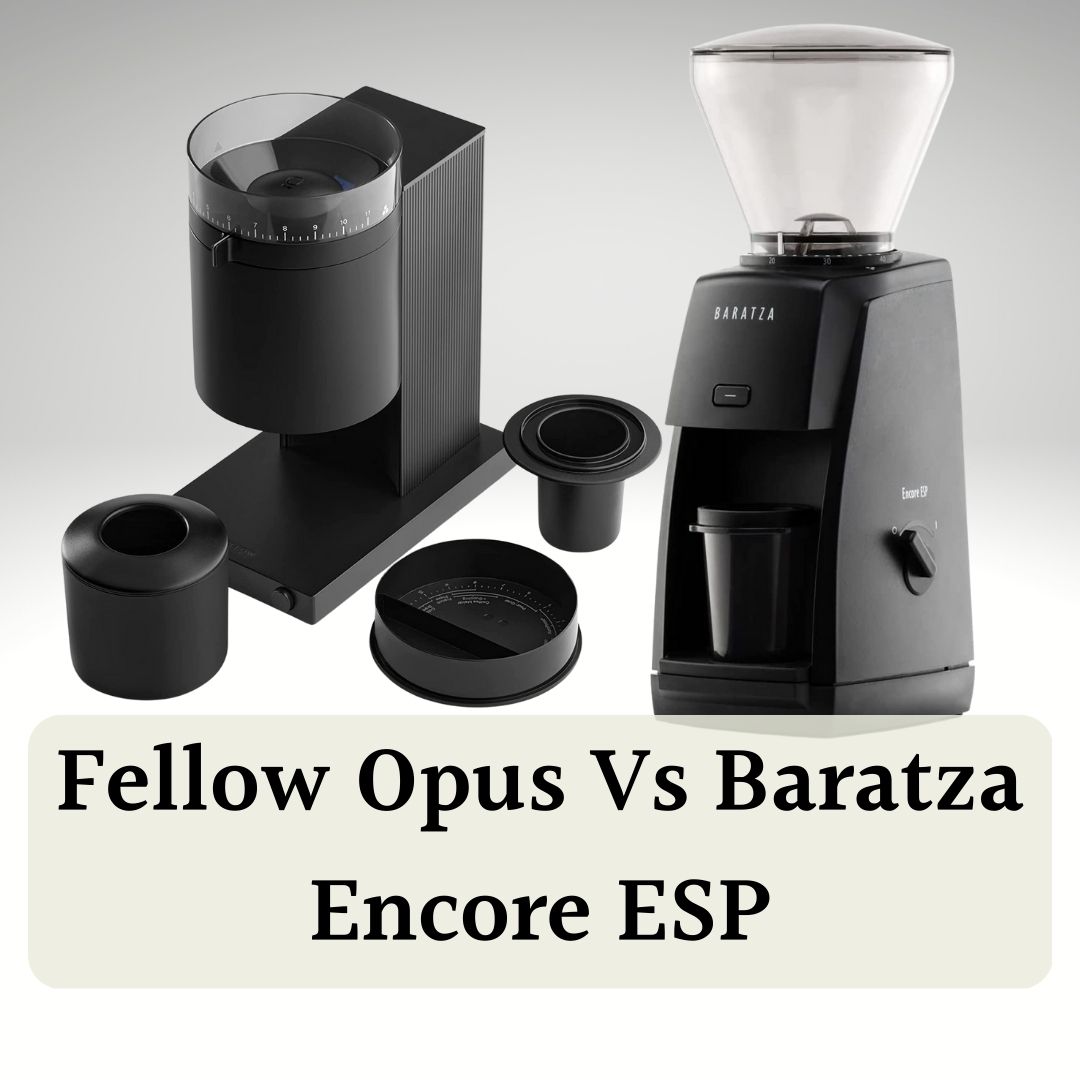
What does it mean to “season the burrs” of your coffee grinder? Does it make a difference in the taste of your coffee?
Coffee grinder burr seasoning is like breaking in a new pair of shoes. By running a few pounds of beans through your grinder, you smooth out rough edges and prime it for optimum performance. While it can be a wasteful process, there are ways to limit waste and get your grinding working at its best.
I’ll explain what seasoning is, what it does, and some tips to maximize it. Done well, seasoning lets every coffee lover get the most mileage out of their brand-new grinder from day one.
What is Burr Seasoning?
Think of seasoning as “breaking in” the grinder burrs. Just like a new pair of hiking shoes will give you blisters if you take them out of the box and head straight to the trail, a brand new set of burrs might not have a consistent grind or even grind size distribution for the first few pounds of coffee. Seasoning burrs means adding a little bit of wear that improves the quality of an unbroken set of burrs. This works for both flat and conical burrs.
Grinder seasoning does two specific things to give you the best-tasting coffee possible.
First, it removes some of the oils that might be leftover from the burr manufacturing process. These oils create a metallic aftertaste that you might notice in the first few grinds. Those oils are flushed out after a few cycles of grinding coffee through the burrs.
Second, and most importantly, burr seasoning softens the sharp edges and cutting surfaces of the coffee grinder’s burrs. This seems counterintuitive since sharp edges are supposed to create an even grind size. However, an unseasoned coffee grinder has burrs with harsh angles that create an inconsistent grind size. These harsh angles produce way more fines than a coffee grinder that’s been broken in. This leads to bitterness and muddiness that’s especially noticeable in an espresso grinder.

Running a few pounds of coffee beans through a coffee grinder to break it evens out the grind size distribution and reduces the number of fines produced.
Purpose of Burr Seasoning
Seasoning the burrs of your coffee grinder creates better grind consistency and cup clarity. Softened burr edges create a more uniform distribution with minimal fines. All of this contributes to a great cup of coffee across all brew methods.
I don’t want to overstate the importance of seasoning. It doesn’t miraculously turn mediocre grinders into great ones, and the change is subtle. Seasoning will incrementally improve the grind consistency of every grinder.
Seasoning your burrs also makes it easier to dial in your brew. As the burrs break-in, the grind consistency will change slightly with each batch of coffee grounds until the grinder is fully seasoned. Seasoning the burrs sets the grind profile, so you don’t have to worry about inconsistencies from batch to batch.
How to Season Your Coffee Grinder Using Coffee Beans
To season your burrs, grind four or five pounds of whole-bean coffee in small batches in a medium setting. Most coffee grinders will be fully broken in, or seasoned, after grinding between two to six pounds of coffee. Your mileage may vary depending on the coffee grinder. Sometimes, the manufacturer will make recommendations about how much coffee to use.
I recommend using lower-quality coffee beans so you don’t waste coffee. There are a couple of ways to find cheap coffee for seasoning:
- You can find beans from a local roaster that has old coffee that they were going to throw out.
- Stop by a cafe or a grocery store before closing and ask if they have old coffee that will get thrown out.
- Buy a slightly lower-quality bag of beans to save some money for seasoning.
Make sure the seasoning beans are not roasted too dark. Dark roast beans that are too oily can clog a grinder, especially if you plan to use it for espresso.
Once you’ve ground through a few pounds of beans, the grinder is seasoned and ready for use!
Does Burr Seasoning Really Matter?
Yes and no. As I said, a good coffee grinder will still be good even if the grinder burrs haven’t been seasoned. However, the seasoning will iron out some initial inconsistencies and prevent the grind profile from changing over the first few months of use, but those inconsistencies are very slight. You may not even notice a significant difference in taste between a seasoned and unseasoned grinder. The potential waste from throwing out pounds of unused coffee should also be enough to give you pause about seasoning your burrs.
Seasoning is far more common and useful in a commercial setting, where adjusting for a changing grind profile can impact workflow and create inconsistencies between customers’ drinks. Plus, a cafe can season burrs with a day’s worth of coffee. Meanwhile, a home barista will waste a month’s worth of coffee when they season their grinder.
My recommendation is to run one bag of coffee through a brand-new coffee grinder before using it. I recommend at least that because it is important to eliminate any residual metallic taste from manufacturing, which does taste bad.
Also, a one-bag seasoning will take the initial edge off the burrs, improving the grind for your first batch. But be ready to make grind adjustments over the next few months as the burrs break in. You’ll notice a need to grind a little finer as those edges break in. As long as you do that, you’ll notice the coffee quality subtly improves with each cup you brew.
Which Grinder To Break In?
Now that you know how to season your grinder, read our roundups of the best espresso grinders and pour over grinders for help choosing between a manual grinder or one of the many great electric grinders for home brewing.




